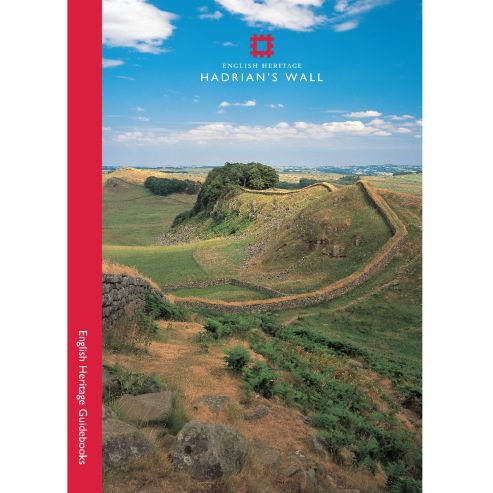Solitary, beneath the wide Northumbrian sky and sprawled across the jagged rampart of the Whin Sill escarpment, the Roman fort at Housesteads represents the northern margin of an empire which once reached as far as the Caucasus and the Atlas Mountains. One of 15 forts built on Hadrian’s Wall, which was started in AD 122, it is situated about midway along the Wall’s length.
An infantry regiment about 800 strong – the First Cohort of Tungrians raised in eastern Belgium – garrisoned the fort for much of the period of Roman rule here. The visible remains – including the finest preserved latrines known from Roman Britain – reveal the changing needs of the garrison up to the early fifth century. From then the fort seems to have been largely abandoned until the 16th century when it was taken over by a lawless community on the Anglo-Scottish border.
Renowned since the early 19th century as the ‘Grandest Station’ along the Wall, Housesteads has been the focus of archaeological research for almost 200 years. The inscriptions and sculptures scattered around the site attracted early antiquarian visitors. Excavations throughout the 19th century, and especially 1898, provided one of the earliest examples of a complete plan of a Roman fort known anywhere in the empire.
Key Features:
- 48 pages
- Paperback
- Published in 2012
| MPN | 9781848021242 |
|---|---|
| ISBN | 9781848021242 |
| Author | James Crow |
| GTIN | 9781848021242 |
| Size | Approx. 160 mm (w) x 285 mm (h) |
| Return period | 30 days |






















